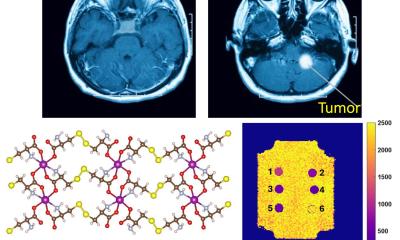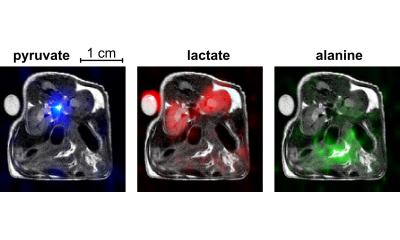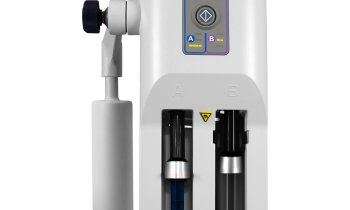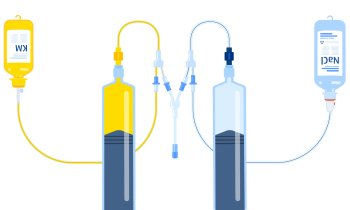Image source: Pexels/rawpixel.com
News • Contrast agent in cola drinks
Gadolinium found in fast food restaurants
It has been found in many rivers and even in the tap water in some German cities, now scientists detected gadolinium from contrast agents in the food chain.
A research group headed by Michael Bau, Professor of Geoscience at Jacobs University Bremen, detected the gadolinium in tap water and in cola soft drinks bought in restaurants of well-known fast-food franchises in Berlin, Dresden, Düsseldorf, Essen, Karlsruhe, and Munich. Gadolinium, which is widely used as a contrast agent in magnetic resonance imaging (MRI), appears not to impose any health risk at the low concentrations observed. However, it is an indicator of the potential presence of other waste water-derived, possibly toxic xenobiotics.
The researchers published their findings in the journal 'Science of The Total Environment'.
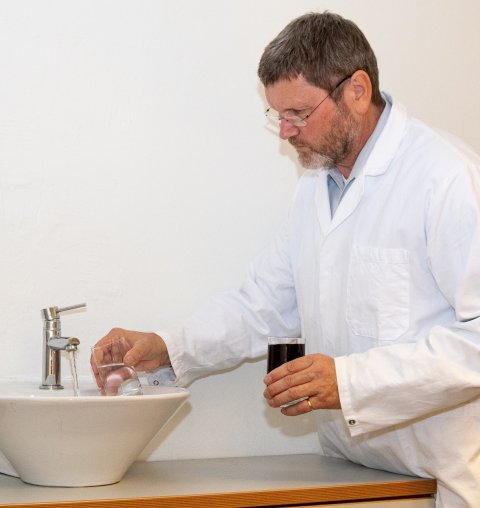
Contrast agents play an essential role in medical diagnostics and are used in ever-increasing amounts. This is no different in the case of gadolinium, one of the rare earth elements, that is applied in MRI scans. Patients later excrete this contrast agent in the hospital or at home via their kidneys. With the sewage, it eventually reaches local wastewater treatment plants where the gadolinium contrast agent – similar to other pharmaceuticals – cannot be removed during wastewater treatment. With the clearwater effluent from these treatment plants, the gadolinium enters rivers and lakes, which has become a worldwide phenomenon, as Bau and his co-workers at Jacobs University Bremen have shown in numerous studies.
Rivers transport some of the gadolinium contrast agent to the sea where Bau and his group have already traced it in the southern North Sea. But as river water also feeds the groundwater from which drinking water is sourced, the anthropogenic (“man-made“) gadolinium compounds can also be found in tap water. Expanding their previous studies on tap water in Berlin, Essen, Cologne and London, Michael Bau and his co-workers Katja Schmidt, Gila Merschel, and Nathalie Tepe now also observed the contrast agent in tap water from Bremen, Düsseldorf, Dresden, Karlsruhe, and Munich.
Recommended article

Article • In the brain
Gadolinium deposition: A real threat or a phantom debate?
The European Medicines Agency (EMA) decided to suspend authorisation for certain linear gadolinium agents. The review by the Committee for Medicinal Products for Human Use (CHMP) states: “There is currently no evidence that gadolinium deposition in the brain has caused any harm to patients; however EMA has recommended restrictions and suspensions for some intravenous linear agents in order to…
Although the tap water is claimed to be treated and cleaned, this purification procedure apparently does not remove the gadolinium contrast agent
Michael Bau
Recent data for Berlin (for example from “Zoologischer Garten“) not only show the highest contamination of tap water worldwide (99% of the gadolinium determined is from contrast agents) but that the amount of contrast agent in the tap water continued to increase over the past years. Also in the other cities, the contrast agent is present in tap water and accounts for 31% of the gadolinium in tap water in downtown Bremen, 34% in Karlsruhe, 63% in Dresden, 85% in Düsseldorf, and 91% in Munich. Since the number of MRI scans continues to increase, the trend of increasing contrast agent levels in tap water is not going to stop anytime soon.
The focus of the current study addresses the question of whether the contrast agent enters the human food chain. Hence, in addition to local tap water, cola soft drinks bought at outlets of well-known fast-food franchises in Berlin, Dresden, Düsseldorf, Essen, Karlsruhe, and Munich were analyzed for their rare earth element content. And the results are beyond any doubt: all soft drinks displayed high amounts of gadolinium due to the presence of the contrast agent.
For geochemist Michael Bau this is no surprise: “In such fast-food restaurants, soft drinks are prepared on-site in so-called ‘post-mix soda fountains’ where concentrated cola syrup is mixed with CO2 and local tap water. Although the tap water is claimed to be treated and cleaned, this purification procedure apparently does not remove the gadolinium contrast agent.“
Not yet risky, but concerning
Even though the gadolinium should not impose any health risk at the low concentrations measured, it is an indicator for the potential presence of other waste water-derived substances in tap water or in drinks and food prepared with this water. ”Examples of such xenobiotics are so-called ‘endocrine disruptors’ which can affect the human hormone system even at very low concentration. And in contrast to the gadolinium, these endocrine disruptors may become a concern“, says Bau. He emphasizes, however, that instead of trying to eliminate the gadolinium, it should rather be welcomed as a convenient tracer for other waste water-derived substances that are more difficult and costly to analyze.
Source: Jacobs University Bremen
30.08.2019



